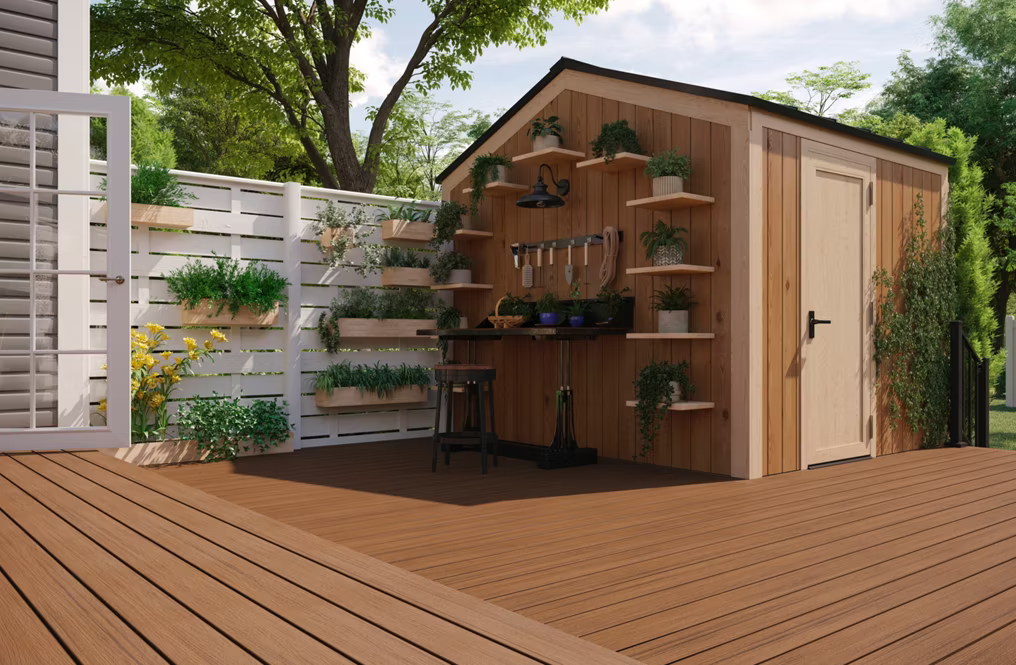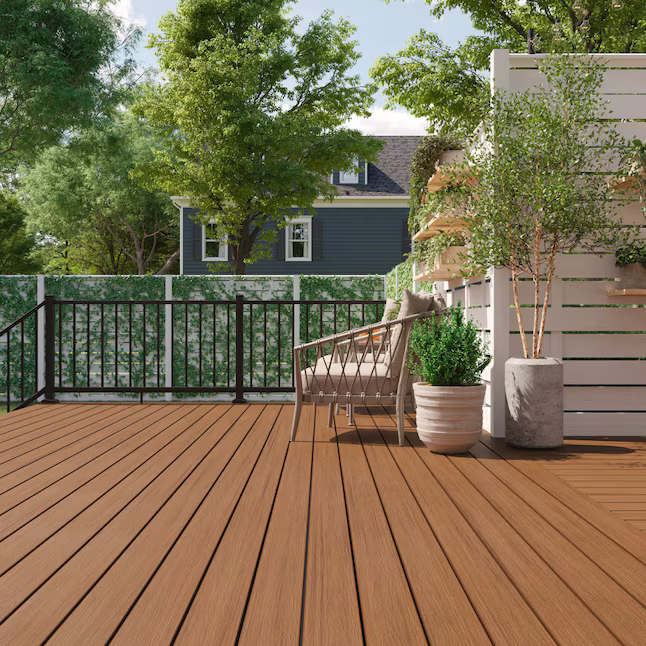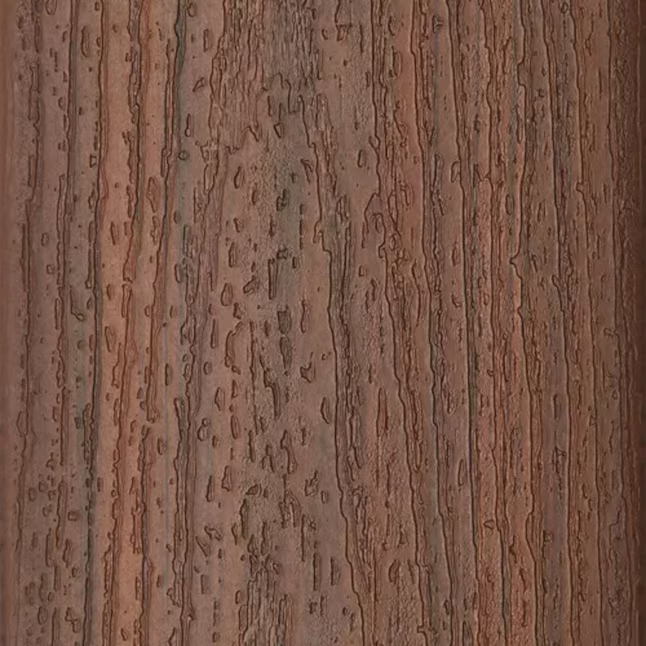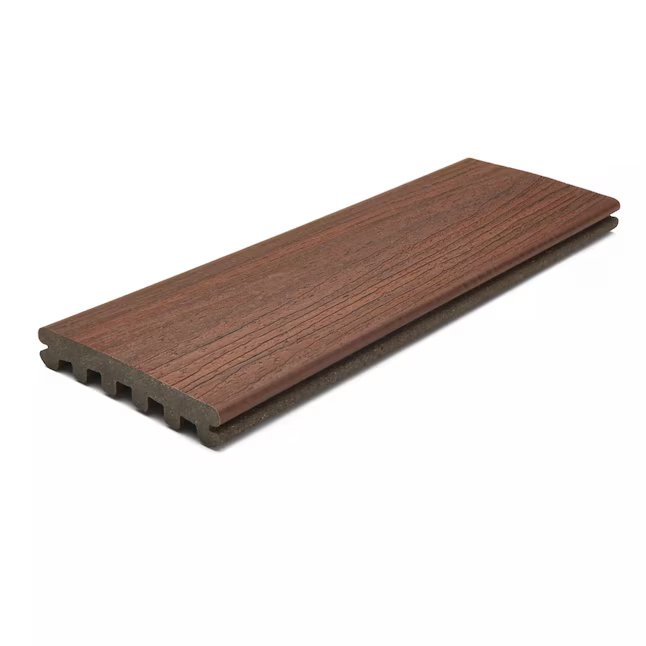







Calculate Coverage
To determine the total square footage of a room, multiply its length by its width, adding extra areas if needed, using the calculator below.
Why Add Wastage?
Wastage refers to the extra material needed to account for factors like cutting, fitting, and mistakes during installation. It ensures you have enough tiles to complete your project without running short.
The toggle is automatically active to add 10% extra coverage for tile wastage, ensuring you have enough material for cuts, mistakes, and future repairs. This helps prevent shortages and delays in your project. You also have the freedom to turn it off if you prefer.
Frequently Asked Questions
What is your return policy?
Lorem Ipsum has been the industry's standard dummy text ever since the 1500s, when an unknown printer took a galley of type and scrambled it to make a type specimen book. It has survived not only five centuries, but also the leap into electronic typesetting, remaining essentially unchanged.
How long does shipping take?
Lorem Ipsum has been the industry's standard dummy text ever since the 1500s, when an unknown printer took a galley of type and scrambled it to make a type specimen book. It has survived not only five centuries, but also the leap into electronic typesetting, remaining essentially unchanged.
Can these tiles be used for outdoor spaces?
Lorem Ipsum has been the industry's standard dummy text ever since the 1500s, when an unknown printer took a galley of type and scrambled it to make a type specimen book. It has survived not only five centuries, but also the leap into electronic typesetting, remaining essentially unchanged.
Can I use these tiles for both floors and walls?
Lorem Ipsum has been the industry's standard dummy text ever since the 1500s, when an unknown printer took a galley of type and scrambled it to make a type specimen book. It has survived not only five centuries, but also the leap into electronic typesetting, remaining essentially unchanged.
How do I clean and maintain my tiles?
Lorem Ipsum has been the industry's standard dummy text ever since the 1500s, when an unknown printer took a galley of type and scrambled it to make a type specimen book. It has survived not only five centuries, but also the leap into electronic typesetting, remaining essentially unchanged.








